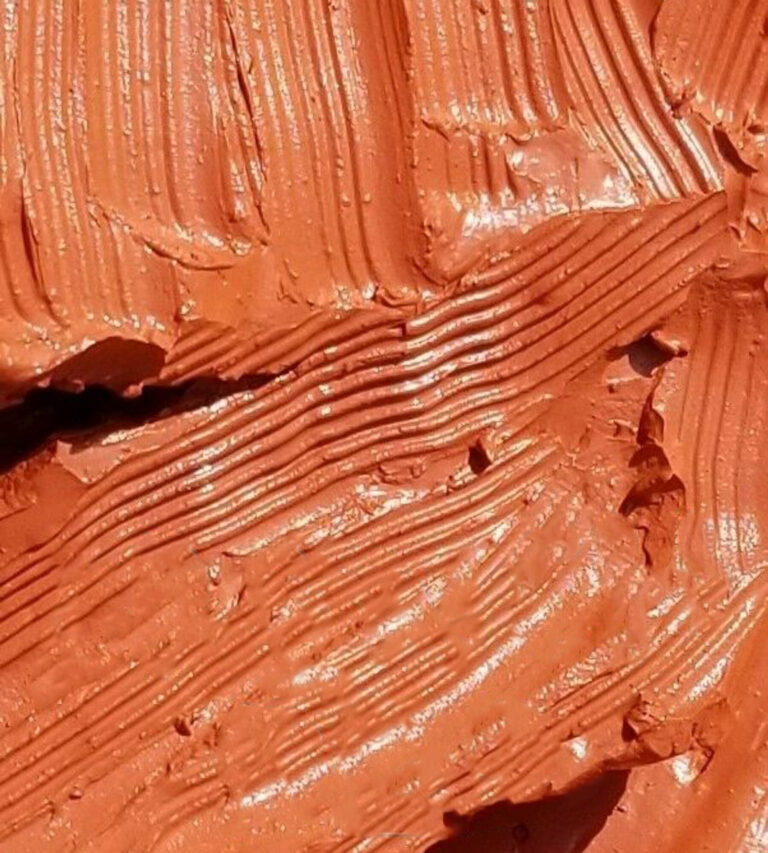How to Introduce Your Detective to Devoted Mystery Readers

Begin at the Beginning
When readers begin your story, they want to know certain elements, and very soon. In a mystery, your reader wants to meet your detective. Your reader wants to know if your sleuth is a character they want to follow as they solve the puzzle.
Scott Meyers, screenwriting specialist, says, “Go into the story.” He feels it’s so important his blog, named Best of the Best Scriptwriting Website by Writer’s Digest, is titled with those words. That’s what you need to do with your detective. Go into the story.
New authors often struggle with introducing the required story elements without getting to the story. It’s easy to present the hero’s ordinary world as, well, ordinary. This is not waking up in the morning, looking in the mirror (physical description), or going on a morning jog. Reader’s want to see your protagonist in action.
How to Introduce Your Detective
In the first chapter of your mystery your reader needs two key pieces of information about your detective:
- Their name.
- A skill they will use to solve the mystery.
The name gives your reader instant access to your detective. They know who your sleuth is. You cement the character name in your reader’s head.
The skill demonstrates a strength your detective will use later on to bring your mystery to the final revelation of the villain. It doesn’t have to be big, or the main point of the opening scene. You want to show your reader how your detective operates.
The sooner you introduce these two elements, the sooner your reader has an emotional tie to your sleuth. That emotional tie is the hook that spurs them to continue with your sleuth and the story.
Setting narrative and backstory do not create an emotional hook. Get to your detective.
How to Start
Making a decision about how to start your mystery influences everything that comes later in your story. Knowing your need to introduce your detective soon, you still need to “make a story” so you can set your story in motion.
The folks at Thoughtful Learning stress the importance of an enticing beginning.
The beginning of your story sets the tone for everything that will happen next. An opener is like an appetizer, offering a tasty morsel of what’s to come.
That’s why you want your detective right at the beginning.
The way you start your story—mood, tone, setting—influences how you introduce your detective.
Here are three good ways to get into the story immediately and show your detective in action.
1 Action – Start in the middle of things happening, in media res. Show your detective in action, perhaps winding up another case. The focus is on your detective doing something that illustrates either a skill or a weakness. Think of the opening in Raiders of the Lost Ark.
This isn’t the main story yet, it just introduces the main character and a special skill.
2. Dialogue – Once again, the best way is to start in media res. Bring your reader into an ongoing conversation. Either face-to-face or on the telephone or in our current era a video chat. Give your detective something to say that illustrates a skill.
3. A Question – The question device is a strong way to open a story with a first-person point of view, where the narrator is your detective. Your sleuth can question why they are where they are, or why another character is acting in a certain way.
Randy Ingermanson, creator of the Snowflake Method, suggests starting with the day that is different. This is the day when everything changes. It’s a good place to begin, and you can start that with any of the above suggestions.
Your Detective Carries the Story
The primary concept for introducing your character is to show them in action. Reveal how they act and respond to the world they are in right now at the beginning.
Remember this is the set-up for the rest of your mystery. Meeting your detective is the primary goal. You have the rest of your novel to expand on the setting, introduce other characters, and plunge your detective into the mystery puzzle of your story. For now, you want to build empathy between your reader and your detective.
If you need help navigating your mystery novel, Write A Killer Mystery walks you through creating a mystery readers love.
Photo by Toa Heftiba on Unsplash





